AO Edited
Site of the Woolworth Lunch Counter Sit-in
This North Carolina store preserves a historic moment in America's movement for racial equality.
Sit-ins protesting racist policies throughout the American South weren’t uncommon by 1959. There had been several across the South in response to the policy of segregated lunch counters, so the now-famous sit-in at the Woolworth department store’s counter in Greensboro, North Carolina was by no means the first. It was, however, a catalyst.
This protest, which lasted five months, sparked other movements for racial justice across the country. Today, the protest is memorialized at the International Civil Rights Center and Museum housed in the former Woolworth building.
For the four Black university students at Agricultural and Technical College of North Carolina, the question wasn’t if they were going to stand against discrimination, but when. “At what point does a moral man act against injustice?” recalled Franklin McCain, one of the “A&T Four,” in a 1977 oral history of the sit-in.
That point came on February 1, 1960. The four students—McCain plus Joseph A. McNeil, David L. Richmond and Ezell A. Blair Jr.—all freshmen at the university, had become close during their first year of college, and often spent nights talking about the ways they could challenge the nation’s racist policies. The night before their historic act, the men had challenged each other to turn talking into action, and the plan was formed.
The men entered the store in the late afternoon, purchasing merchandise in the store before heading to the counter. They went to the lunch counter, sat, and then ordered, knowing that this simple act of ordering coffee and doughnuts could mean personal harm. The four students were, as expected, denied service but they stayed seated at the counter until the store closed. When they returned to campus, they recruited other students to join them in another protest.
The next day, the four returned this time with nearly 30 more students. The group sat at the Woolworth’s counter from 11 in the morning until 3 in the afternoon, quietly sitting un-served while being shouted at by white patrons. The next day more than 60 students came to protest, the day after that, nearly 300, each day a new refusal, a new threat of violence and arrest. By the end of February, sit-ins had spread to more than 30 cities in eight states.
When the protests ended on July 26, 1960 with the desegregation of the Woolworth’s counters, more than 70,000 people had participated in sit-ins across the country, and more than 3,000 people were arrested. This one protest in small-town North Carolina was a significant moment in civil rights history, and paved the way for many of the decade’s fights for racial justice.
The International Civil Rights Center and Museum, which opened in 2010, preserves the story of the the A&T Four and the thousands of civil rights heroes, named and unknown, who fought for equality in the United States. The museum has kept part of the historic counter in the space (part of it was sent to the Smithsonian), so that visitors will “never forget the courage displayed by four young North Carolina A&T State College students.”
In remembering the first day of the protests, McCain said, “Nothing has ever happened to me before or since that topped that good feeling of being clean and fully accepted and feeling proud of me.”
Know Before You Go
Open Monday to Saturday 10:00 a.m.–6:00 p.m. Reservations required for group tours. The International Civil Rights Center & Museum is one of the 100 stops on the new US Civil Rights Trail that launched Jan 1, 2018.

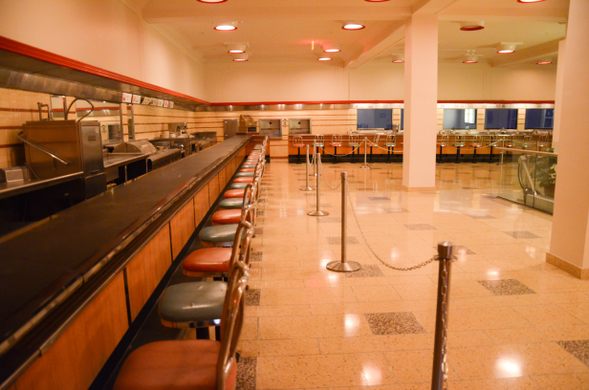

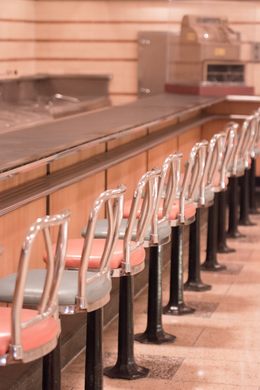










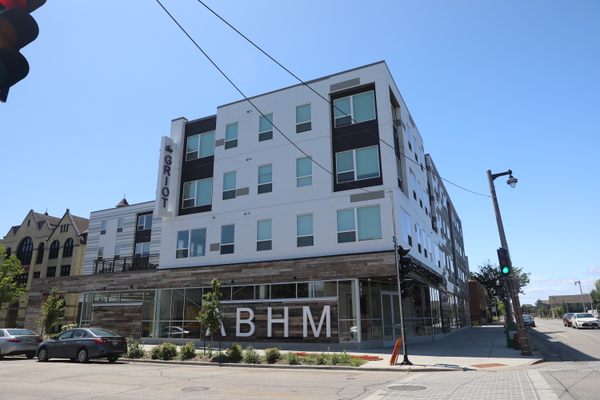

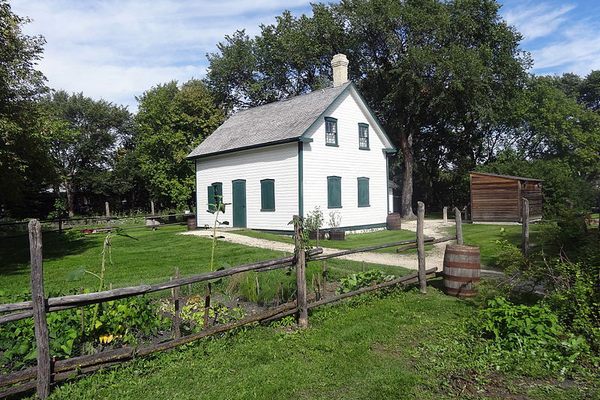
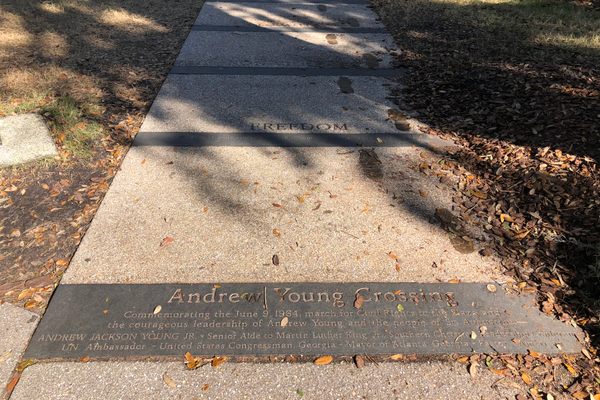
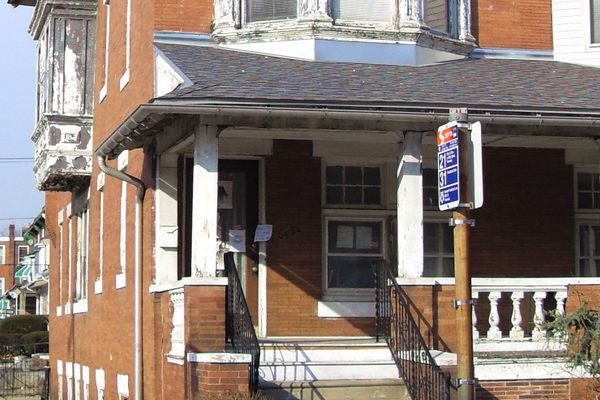

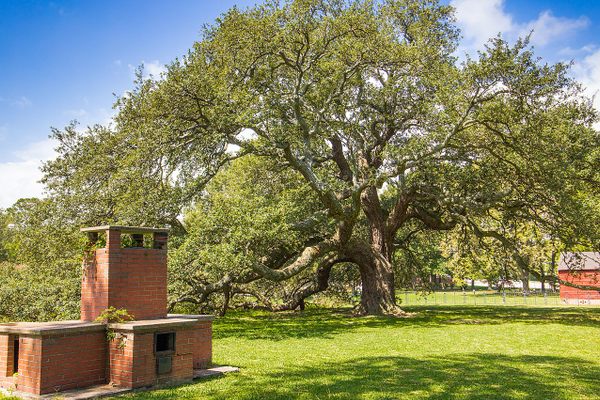

Follow us on Twitter to get the latest on the world's hidden wonders.
Like us on Facebook to get the latest on the world's hidden wonders.
Follow us on Twitter Like us on Facebook